The Future of Skincare Is Lipid-Based—Are You Ready?
Create More Effective Skincare with a Deep Understanding of Lipid Oils
Most Formulators Use Oils—Few Truly Understand Them. Be the Exception.
Most formulators choose oils based on broad categories—oils for dry skin, oils for acne-prone skin—but that barely scratches the surface of what’s possible. The true potential lies in understanding the deeper science of oils.
To create truly effective skincare, you need a deeper understanding of lipids—their fatty acid profiles, absorption rates, oxidative stability, and how they interact in formulations.
That’s exactly what Lipids Decoded is designed to teach you. No more guesswork, no more relying on generic advice—just real knowledge that transforms how you work with oils.
Not Just More Information—The Right Information.
The problem isn't too much information—it’s that most of it is incomplete, misleading, or oversimplified.
When it comes to lipid oils, half-truths and one-size-fits-all recommendations won’t help you create effective, high-performing skincare formulations. You need the right knowledge, structured in the right way, so you can make informed decisions—not just follow trends.
That’s exactly what Lipids Decoded delivers.
If You’re Guessing, You’re Wasting Ingredients
Every oil you use in a formulation impacts texture, absorption, and performance. Without the right knowledge, you’re not formulating—you’re experimenting.
Lipids Decoded takes the guesswork out of working with lipid oils, so you can create effective, high-performance skincare with confidence.
Get the Knowledge You Need to Formulate with Confidence.
If you’ve ever struggled to understand why certain oils feel different on the skin, absorb at different rates, or impact texture in formulations, you’re not alone. Most formulators don’t have a clear system for choosing and working with lipid oils—they just experiment and hope for the best.
Lipids Decoded was designed to change that.
Inside this course, you’ll get a complete framework for understanding lipid oils, so you can choose the right oils, predict their behavior in formulas, and create products that are stable, effective, and truly intentional.
Lipids Decoded gave me a greater understanding of oils in general. I feel I understand difference between saturated, mono and polys etc., as well as what is good to use on our skin, why, and the different benefits of them. It covers a lot and Susan explains it in such an easy-to-follow way. I really do enjoy this oil world.
Michelle Satchell
The Only Comprehensive Course Focused Solely on Carrier Oils & Lipid Science.
When I started my skincare line back in 1996, there was no structured way to learn about carrier oils. I had to piece together information from scattered sources, experimenting and researching to truly understand how these oils worked.
Over the years, I realized that so many formulators, herbalists, and skincare professionals were facing the same challenge—trying to navigate confusing, incomplete, and often misleading information about carrier oils.
That’s why I created Lipids Decoded.
This is the only course solely dedicated to the science of carrier oils and lipid-based formulation, and it’s by far the most comprehensive.
Inside, I’ll teach you a structured approach to understanding carrier oil composition, selecting oils based on their fatty acid profiles (not just skin type), and formulating with confidence.
No more trial and error. No more relying on guesswork or outdated advice. Instead, you’ll gain the scientific knowledge and real-world application skills to use carrier oils effectively in your formulations—whether you're working with skincare, herbal infusions, or artisan products.
This course taught me what oils to combine to achieve my desired formulation. What I loved is that each module was built on the previous module. Like building a house each stage was a prelude to the next module. I was lost until I attended this course.
IMOHABASI JAGUN
By the end of Lipids Decoded, you will:
How This Course Will Transform Your Formulations
This isn't just a course about oils—it's a deep dive into the science of lipid-based formulation combined with timeless botanical wisdom.
By the end of this course, you’ll leave behind guesswork, trends, and one-size-fits-all advice. With your newfound understanding of lipid science and the natural world, you'll have the tools and knowledge to craft effective, stable, and intentional skincare products that are truly aligned with both the science of lipids and the healing power of plants.
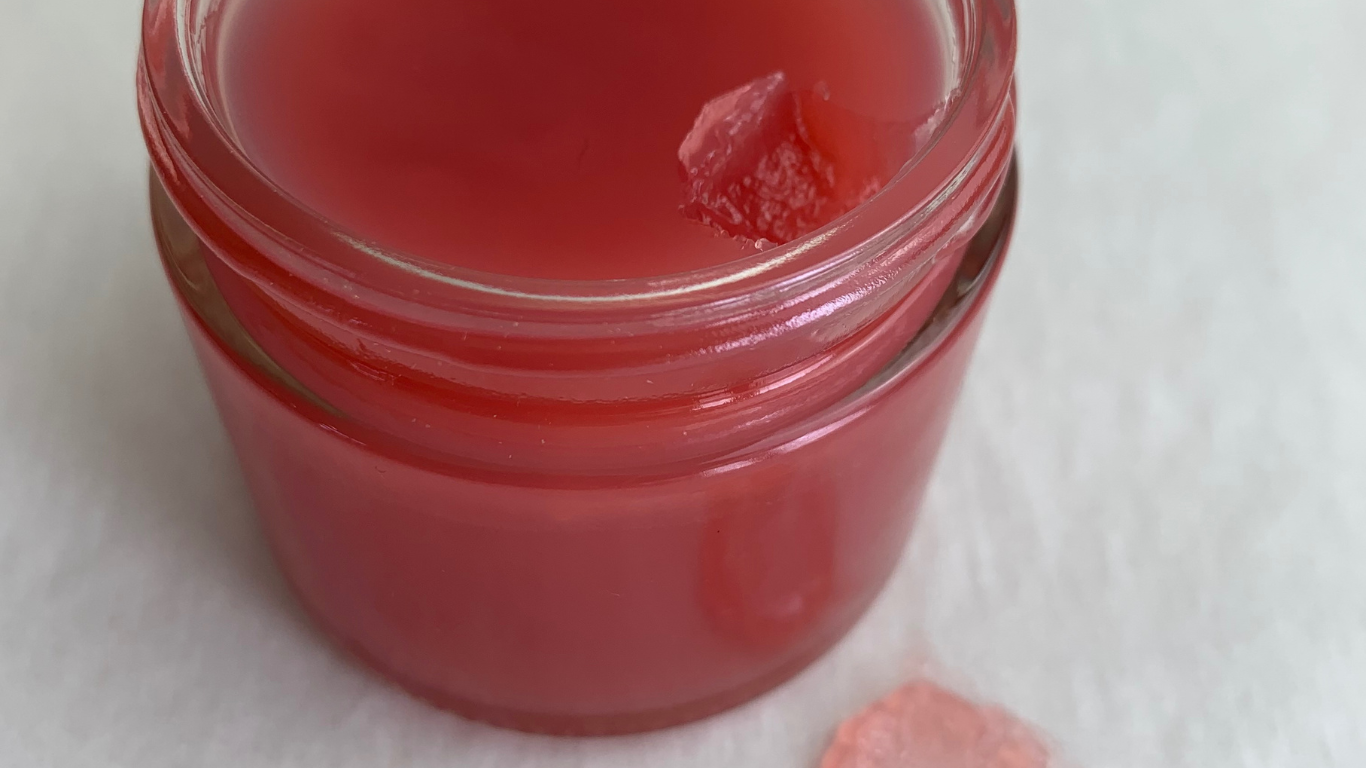
Your Program
In Lipids Decoded, you’ll gain deep insights into the art and science of working with oils and lipids. Through carefully structured modules, you’ll master the techniques and strategies that professionals use to create high-performance skincare products. Whether you’re formulating for personal use or developing products for clients, this course equips you with the knowledge to confidently choose and combine oils for optimal results. Let’s dive into the modules and get started on your journey to advanced formulation mastery!
Module 1: Understanding Lipid Compounds—The Foundation of Formulation
Master the core lipid compounds in carrier oils to confidently formulate effective skincare products.
Lesson 1: What Are Lipid Compounds?
Understand key lipid structures and how they deliver hydration, nourishment, and protection for the skin.
Lesson 2: Simplified Carbon Chains & Organic Chemistry
Get a clear grasp of fatty acid structures without the complexity, laying a solid foundation for formulation.
Lesson 3: Triglycerides & Waxes – Why They Matter
Learn how triglycerides and waxes affect the texture, absorption, and stability of your formulations.
Lesson 4: The Five Key Fatty Acids in Carrier Oils
Dive into the role of the five most common fatty acids to create balanced, effective formulations.
Module 2: Deep Dive into Fatty Acids and the Impact of Oxygen
Unlock the full potential of fatty acids and understand their impact on oil stability and skin health.
Lesson 5: Saturated Fatty Acids: Texture, Stability, & Skin Benefits
Explore the effects of saturation on texture and stability, and how these acids nourish and protect the skin.
Lesson 6: Oleic Acid: The Power of Olive Oil
Understand why olive oil, rich in oleic acid, is a staple for deep moisture retention and skin nourishment.
Lesson 7: Polyunsaturated Fatty Acids: Omega-3 & Omega-6
Discover how these essential fatty acids support skin barrier function, reduce inflammation, and hydrate the skin.
Lesson 8: Oxygen’s Effect on Oil Stability
Learn how oxygen affects the shelf life of oils and how antioxidants preserve quality and stability.
Module 3: The Unsaponifiables – The Healing Fraction of Oils
Tap into the healing power of unsaponifiables to enhance your skincare formulations.
Lesson 9: Introduction to Unsaponifiables
Uncover the healing, antioxidant, and anti-inflammatory properties of these often-overlooked oil fractions.
Lesson 10: Antioxidants: Carotenoids & Vitamin E
Protect and rejuvenate the skin by incorporating powerful antioxidants to combat oxidative stress and aging.
Lesson 11: Anti-inflammatories: Squalene & Plant Sterols
Learn how to soothe irritation and reduce inflammation with squalene and plant sterols.
Lesson 12: Polyphenols: Flavonoids & Phenolic Acids
Boost skin health and product stability with polyphenols’ antioxidant and anti-inflammatory benefits.
Module 4: Fatty Acid by Fatty Acid – Saturated to Polyunsaturated and Isomers
Master how fatty acids’ structure, length, and behavior impact your formulations.
Lesson 13: Saturated Fatty Acids: Stability & Performance
Understand the influence of carbon chain length on texture and stability with oils like coconut and palm oil.
Lesson 14: Monounsaturated Fatty Acids: Penetration & Hydration
Explore the unique hydrating and nourishing properties of MUFAs found in olive and avocado oils.
Lesson 15: Polyunsaturated Fatty Acids: Anti-inflammatory Benefits
Learn how oils rich in PUFAs, like flaxseed and borage, support skin health and reduce inflammation.
Lesson 16: Eicosenoic Acid & Isomers
Dive into the role of isomers and eicosenoic acid in oil performance, affecting stability and absorption.
Module 5: Fatty Acids Can Look Alike but Have Different Properties—Botanical Families and Geography
Discover how the botanical family and geography of oils impact their unique properties.
Lesson 17: Shape of Fatty Acids: Cis-Trans & Hydrogenation
Understand how the shape of fatty acids influences oil behavior, texture, and stability in formulations.
Lesson 18: Naming Fatty Acids
Decode fatty acid names to easily identify and select the right fatty acids for your formulations.
Lesson 19: Botanical Families & Oil Profiles
Learn how to predict oil behavior based on the plant family, and choose oils based on shared properties.
Lesson 20: Geography’s Impact on Oil Composition
Explore how climate influences fatty acid composition and how this affects oil performance.
Module 6: Manipulated Seed Oils, Fermented Oils, Skin and Oil, and a Meditation on Warmth, Volatility, and Aroma
Dive into advanced oil production methods and the sensory experience of oils.
Lesson 21: Manipulated Oils & the Daisy Family
Learn how oils are processed for increased stability, and how to select oils for specific skin types.
Lesson 22: Fermented Oils: A New Frontier
Discover how fermented oils, through a unique process of microbial transformation, may enhance the stability and absorption of oils, offering potential benefits for your skincare formulations.
Lesson 23: Skin & Oil Interaction
Understand how oils interact with the skin to hydrate, protect, and balance its natural barrier.
Lesson 24: Sensory Properties: Warmth, Aroma & Volatility
Explore how warmth and aroma affect the absorption and effectiveness of oils in skincare.
Making to Mastery - Lessons in Formulating
The Making to Mastery lessons are designed to guide you in creating effective, high-performance skincare products right from the start. You’ll dive into both foundational and advanced techniques, focusing on the power of anhydrous formulating to create potent, preservative-free products.
Here's what you'll learn in the new Making to Mastery lessons:

By blending theory with hands-on practice, you’ll gain the knowledge to confidently craft your own customized skincare products—from the basics to more advanced techniques—unlocking the ability to create your very own line of high-performance, anhydrous skincare formulations that deliver real, lasting results.
And while the new Making to Mastery lessons give you the tools to begin formulating confidently, Lipids Decoded as a whole sets you up to become a truly independent formulator. By the end of the course, you’ll no longer need to rely on others’ recipes or formulas. Instead, you’ll have the scientific knowledge and practical skills to confidently create customized skincare solutions that meet specific skin needs. From understanding the behavior of oils to mastering advanced formulation techniques, Lipids Decoded gives you the ability to craft your own high-performance, personalized products with complete confidence.
The Essential Guides
When you enroll in Lipids Decoded, you’ll receive 24 comprehensive PDF guides packed with essential references, charts, and detailed insights into hundreds of oils. These guides will become your go-to resource for mastering oils in your formulations, helping you make informed, strategic decisions every step of the way.
The Botanical Families Guides
Dive deep into the botanical families that produce the oils you use every day. These study books break down hundreds of oils and provide detailed insights into each family’s specific characteristics, allowing you to confidently choose the right oils for your formulations based on family characteristics.

Each study book contains detailed charts and pie charts for each botanical family, showing you the percentage of fatty acids, and other essential elements that make each oil unique.
The Fatty Acids & Bioactives Guides
The Essential Fatty Acids Guide offers a quick reference for ongoing formulating, helping you master the key fatty acids that shape your skincare products. You’ll gain in-depth insights into Conjugated Fatty Acids, Polyunsaturated Fats, Saturated Butters, and Oleic Acid-Dominant Oils, learning how each influences your formulations' performance, texture, and effectiveness. This guide is designed to help you confidently choose the right oils, ensuring your products deliver optimal results and an elevated sensory experience for your customers.
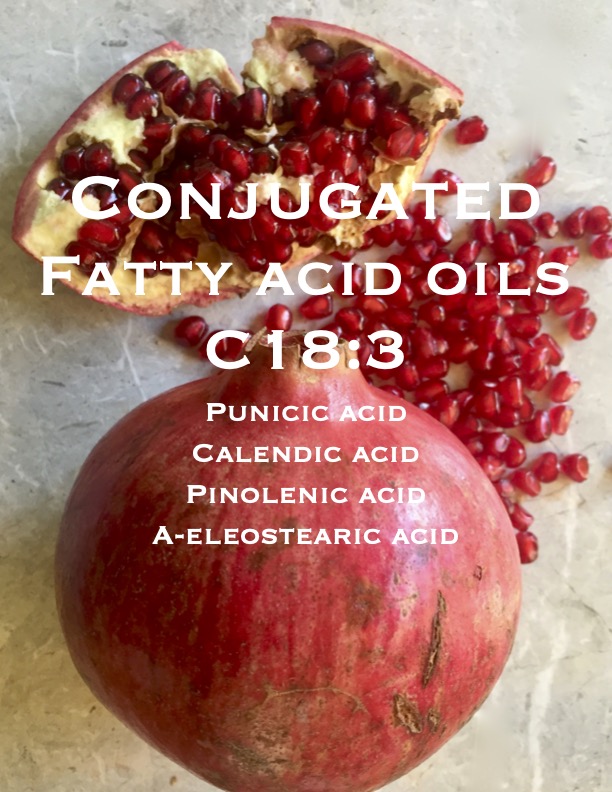
The Essential Bioactives Guide provides quick access to key bioactive compounds like Carotenoids, Phytosterols, Vitamin E (Tocopherols and Tocotrienols), and Squalene found in plant oils. These reference guides are designed to help you target specific skin benefits in your formulations, enabling you to enhance the performance, stability, and overall effectiveness of your products. Whether you're aiming to nourish, protect, or repair, this guide ensures you can select the best bioactives for your desired results.
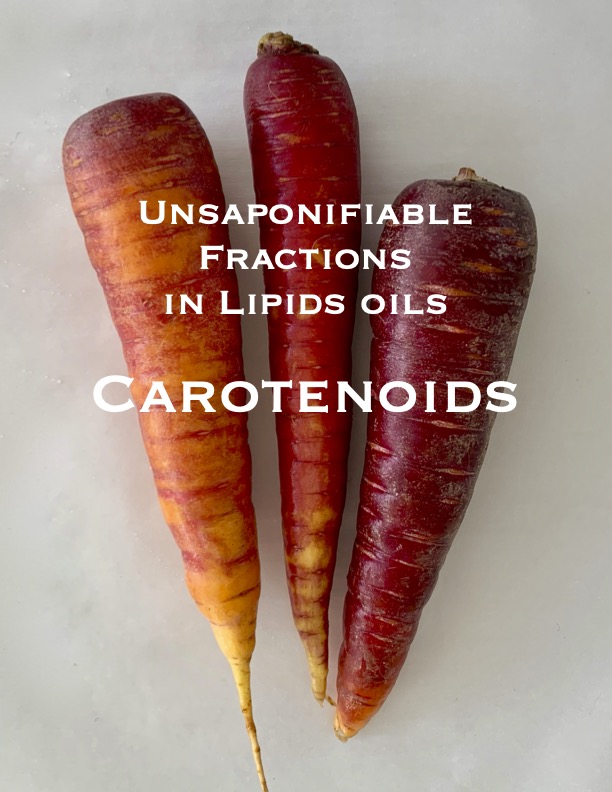
Guides for Skincare & Formulating
How Oils Become Soap
Cold Processed Soap Making Explore the saponification process, and learn how to create cold-processed soaps with oils. This guide walks you through the step-by-step process of making soap with lipid oils.
A Visual Guide to Refined vs Unrefined Oils
This easy-to-understand guide compares refined and unrefined oils, helping you determine which oils are best for different types of formulations and why the refinement process matters.
The Skin and Oil
The Science of Skin and Oil Interaction Learn about how the skin absorbs and interacts with oils, and how this impacts formulation decisions. This booklet helps you understand how to use oils to balance and nourish the skin at a deeper level.
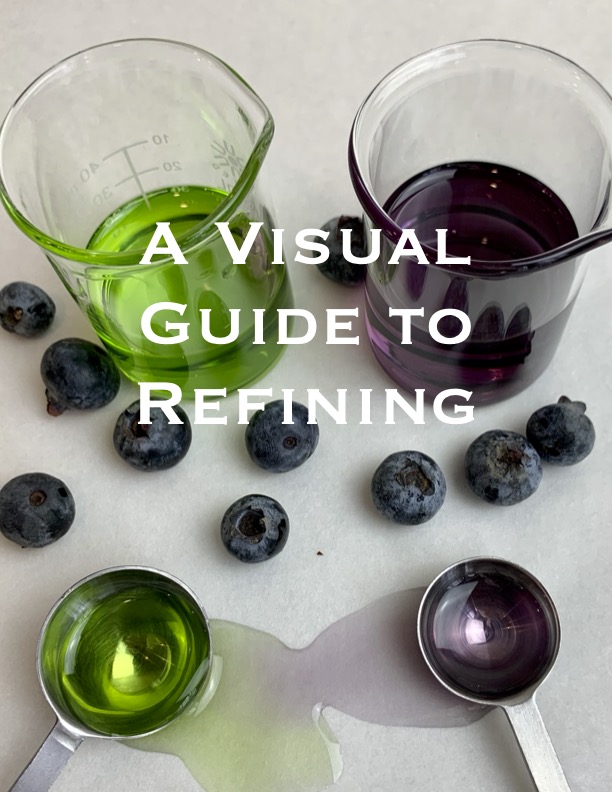
Fatty Acid Cheat Sheet
A quick reference book covering the basics of fatty acids in oils, so you can easily understand their role and impact in your formulations.
The study books you receive with Lipids Decoded will not only enhance your learning but will also serve as lifelong references. Whether you’re choosing oils for a specific product, formulating for a unique skin type, or trying to understand the science behind skin-oil interactions, these books will give you the detailed information you need to make informed, confident decisions in your formulations.
Each booklet is designed to provide quick access to the most important information, ensuring that you can apply the knowledge immediately in your formulations without getting lost in overwhelming data.
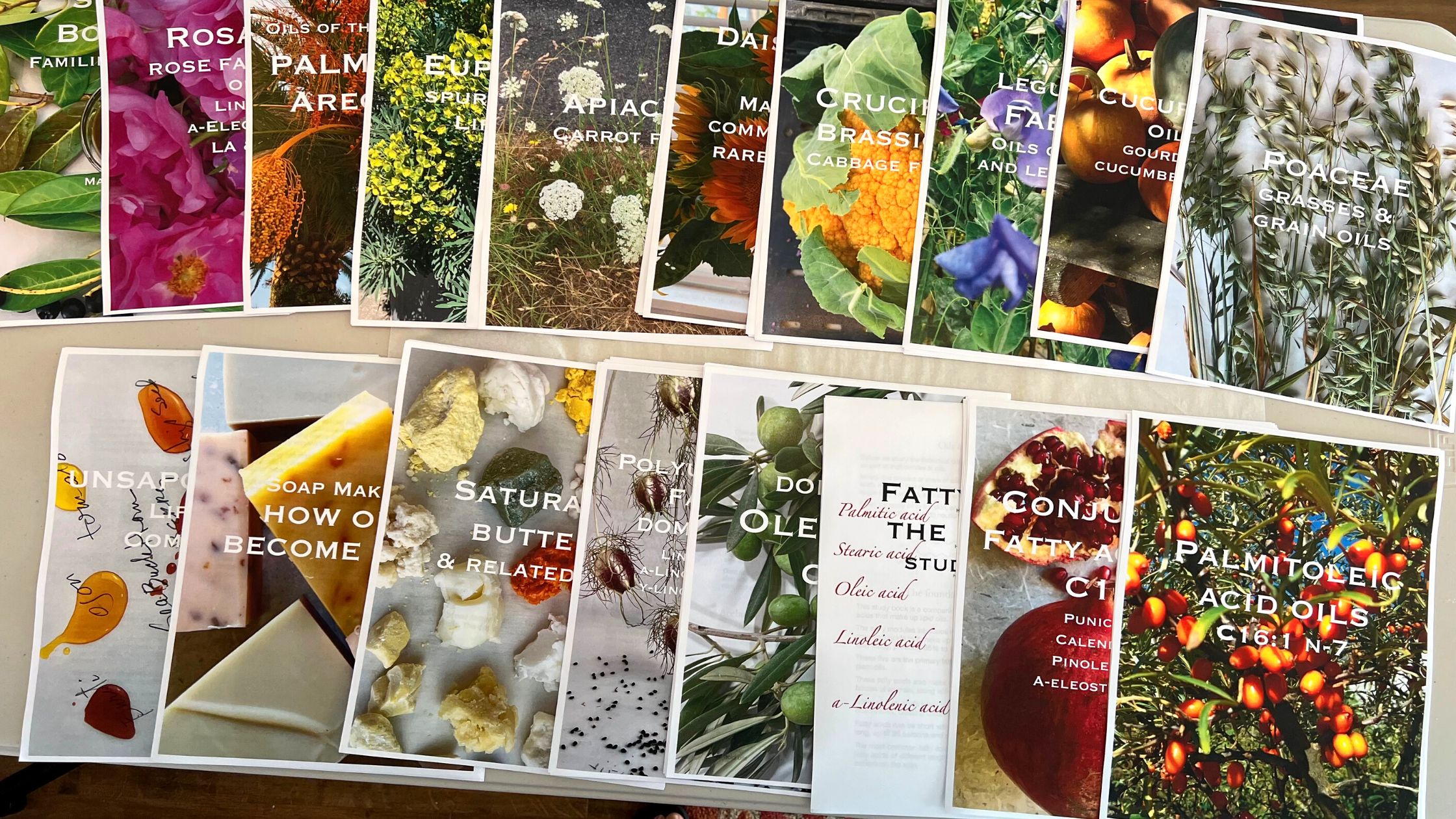
Get the complete set of Essential Guides (exclusive to Lipids Decoded)
These exclusive guides would normally cost hundreds of dollars, but they're included when you enroll in Lipids Decoded. They’re designed to fast-track your learning and deepen your formulation knowledge, giving you everything you need to create skincare products that truly work.
Take Your Formulation Skills to the Next Level

By enrolling in Lipids Decoded, you’re not just gaining access to the course—you’re receiving a toolkit of comprehensive study books that will help you:
✔️ Select the best oils based on scientific principles and botanical wisdom
✔️ Build a thorough understanding of bioactive compounds in oils
✔️ Confidently choose oils that will provide stable, high-performance skincare
✔️ Create formulas with a deeper knowledge of oil interactions and skin benefits
These booklets are exclusive resources that would cost hundreds of dollars if purchased individually, but they are included for free when you enroll in Lipids Decoded. They are designed to accelerate your learning and deepen your formulation knowledge—giving you the foundation to create skincare products that truly work.
Ready to Become an Expert Formulator?
With Lipids Decoded and these exclusive booklets, you’ll have everything you need to take your oil knowledge and formulation skills to new heights. Join now and start creating skincare products that are effective, stable, and intentional.
Ongoing Support and Lifetime Access
When you enroll in Lipids Decoded, you're not just getting access to a course—you’re gaining ongoing support and resources that will continue to benefit you long after you’ve completed the lessons.
Live Calls: As part of your enrollment, you’ll get 6 months of live calls with Susan, where you can ask questions, get personalized advice, and dive deeper into specific topics. These calls will help you continue to refine your formulation skills and provide guidance as you apply the course material to your own products.
Lifetime Access: You’ll also have lifetime access to all course materials, including the Formulator’s Guides, so you can refer back to them whenever needed. This means you can continue to use these resources as an ongoing formulating tool in your daily work, printing out guides and revisiting content as your skills evolve.
With Lipids Decoded, you get a long-term investment in your ability to create effective, stable, and intentional skincare that’s backed by solid, ongoing learning and support.
Susan M Parker
Your Teacher & Guide
Learning online doesn't mean learning alone
I understand that learning online can sometimes feel isolating, but I want you to know that you’re never alone. When you enroll in this course, you’re not just gaining access to valuable resources—you’re joining a community where I’ll be there to guide you every step of the way.
With 6 months of live calls with me, you’ll have the opportunity to ask questions, get personalized advice, and dive deeper into specific topics that matter most to your formulation journey. Whether you're troubleshooting a particular formulation or simply looking to understand a new concept better, I’m here to make sure you feel supported and confident as you go.
You’ll also have lifetime access to all the course materials and Formulator’s Guides, so you can continue to learn, revisit the content, and refine your skills whenever you need to. My goal is to make sure you always have the tools and resources you need to create successful formulations, and I’m here to support you every step of the way.
Lipids Decoded helped me understand the differences between oils for acne vs. anti-aging for formulating. I feel confident to share with others what I've learned as I prepare to host my first workshops for formulating for beginners in my studio lab.
SARAH DURAN
Ready to Master Lipid Science and Create Skincare That Works?
Core Course Materials & Lessons
24 core curriculum lessons that take you from no chemistry to mastery of working with lipids
Permanent access to the course materials
You'll get ongoing access to the course materials for Lipids Decoded so you can return to the lessons and study at your own pace
Email support
You can email me anytime with questions about the lessons or your work with the Lipids Decoded course materials
6 months of live calls
You'll have the opportunity to sit down with me and the other students every month for six months to discuss the course materials, look at any formulas or projects you are working on and get caught up with the lessons together
Call Recordings
All of our live calls will be recorded for anyone who cannot join us live
24 Essential Guides (PDF)
24 Essential Guides offering detailed, actionable insights that help you confidently select oils, refine formulations, and elevate your craft with every product you create.
New: Making to Mastery Lessons in Formulating
Making to Mastery is a new, in-depth section that explores anhydrous formulating, equipping you with the skills to create high-performance skincare products using infused oils, facial oils, balms, and more, tailored to specific skin needs. ($497 Value)
What students are saying about Lipids Decoded
One of the best courses I have ever taken to date! Very informative and Susan does not hold back any information. She tries to give 200 percent in the course materials and in her presentations. I would recommend this course to anyone making skincare products.
MUNIRA KHAMBATA
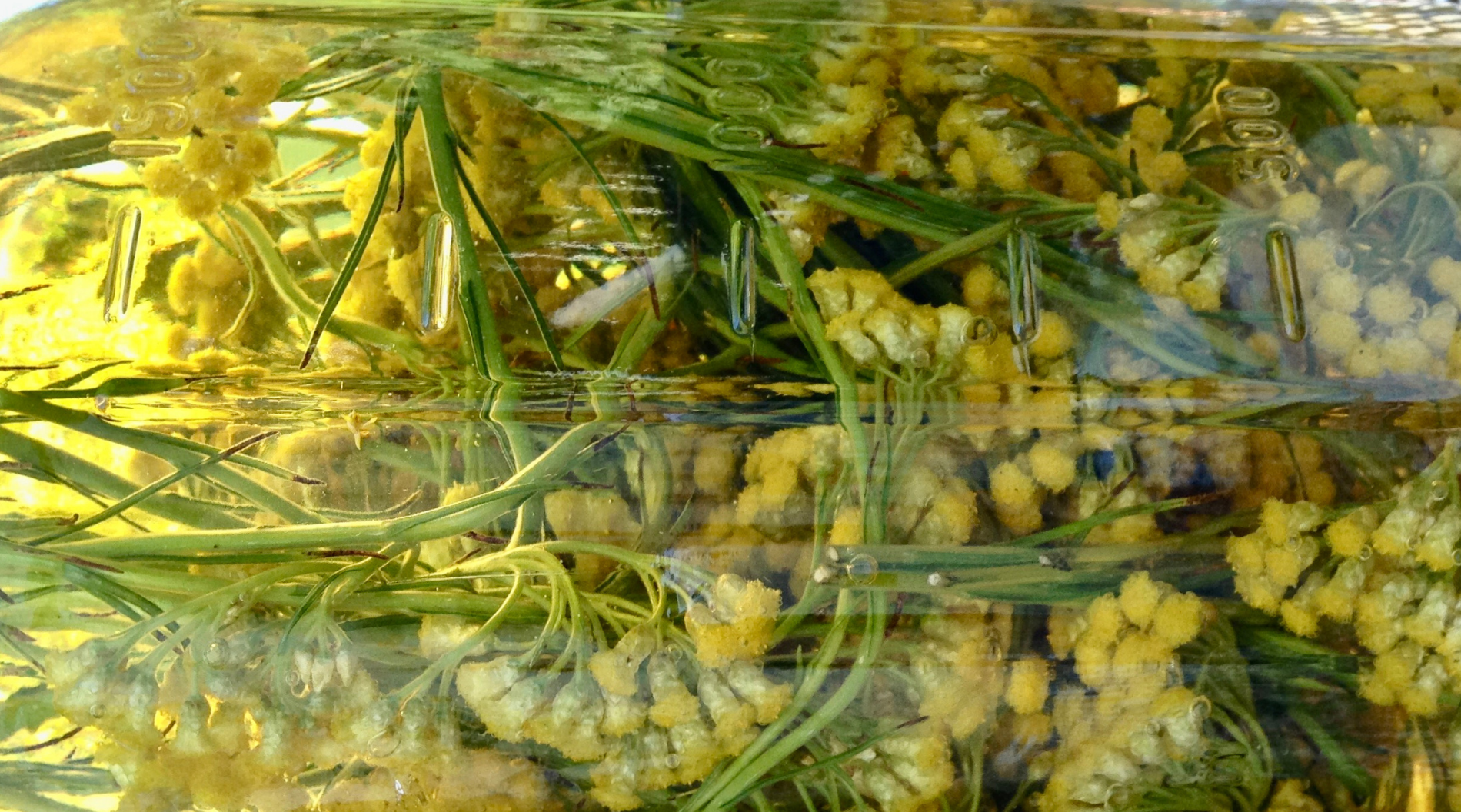
Join Lipids Decoded Today and Start Crafting Your Own High-Performance, Custom Formulations!
Here's what you're getting inside
Lipids Decoded Core Program
Learn through video lessons, PDFs for offline study, reference guides, and step-by-step tutorials. Enjoy 6 months of live calls with Susan and email support, plus lifetime course access, including updates and new editions to the core modules. Lipids Decoded will set you up to become a truly independent formulator, giving you the scientific knowledge and practical skills to confidently create customized skincare solutions.
Lipid Oils & Butters Database
Exclusive Access to the Lipid Oils and Butters Database: A comprehensive, searchable resource built right into the course, featuring 180+ oils with detailed fatty acid profiles, botanical families, sap value, INCI, iodine value, and more! This invaluable tool gives you instant access to essential data, helping you confidently create custom skincare formulas.
The Essential Guides (value $720)
A comprehensive library of 24 in-depth guides designed to give you everything you need to master botanical families & substitutions, refining techniques, bioactives, soap making and skin science! These guides alone are worth $720—but they’re included as part of the course, giving you access to years of expertise in one powerful bundle!
Making to Mastery (value $497)
This isn’t just a module—it’s an entire set of lessons that will teach you how to apply the deep, scientific knowledge from Lipids Decoded to create your own anhydrous and oil-based skincare. You’ll get hands-on, actionable insights and strategies to help you formulate your own products with confidence and precision. This is your practical roadmap to mastering skincare formulation. (Value: $497)
"Susan presents all course material in bite sized portions in accessible understandable methods helping you understand the chemistry of oils and brings their healing personalities to life. Susan taught me that Lipids therapy is invaluable in modern-day living.
The amazing vast informed information in Lipids Decoded gives you a deep understanding of the ever-expanding range of Lipids today. These are vital courses for any Aromatherapists, Herbal enthusiasts, Bodyworkers, Reflexologists and any budding Formulators"
Helena Denning
Most flexible
$
197/x6
6 Monthly payments
best value
$
997
Pay in full and Save $185

100% Satisfaction Guarantee
You are fully protected by our 100% Satisfaction-Guarantee. If you the course is not right for you, just let us know within the first 7 days and we'll send you a prompt refund no questions asked.


100% Satisfaction Guaranteed

Secure Payment
Frequently Asked Questions
I’m not sure if this course is right for me?
Is this course really worth the price?
I’m not sure I’ll get the results I’m looking for
I don’t need this course right now. I just want to make a few products.
I’m worried this will be too technical or hard to follow.
I don’t have time to take a course right now
I’ve already tried other skincare formulation courses. How is this different?
I am a french pharmacist and have studied in several universities in France. Susan's knowledge about the lipid world is incredible I have learned a lot with pleasure and I use the knowledge every day at work.
